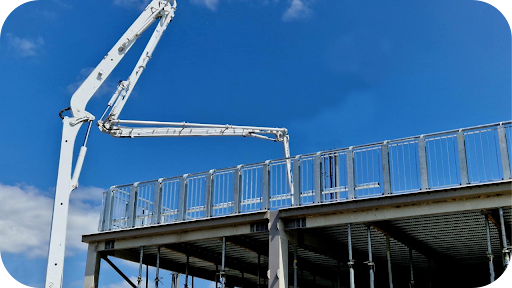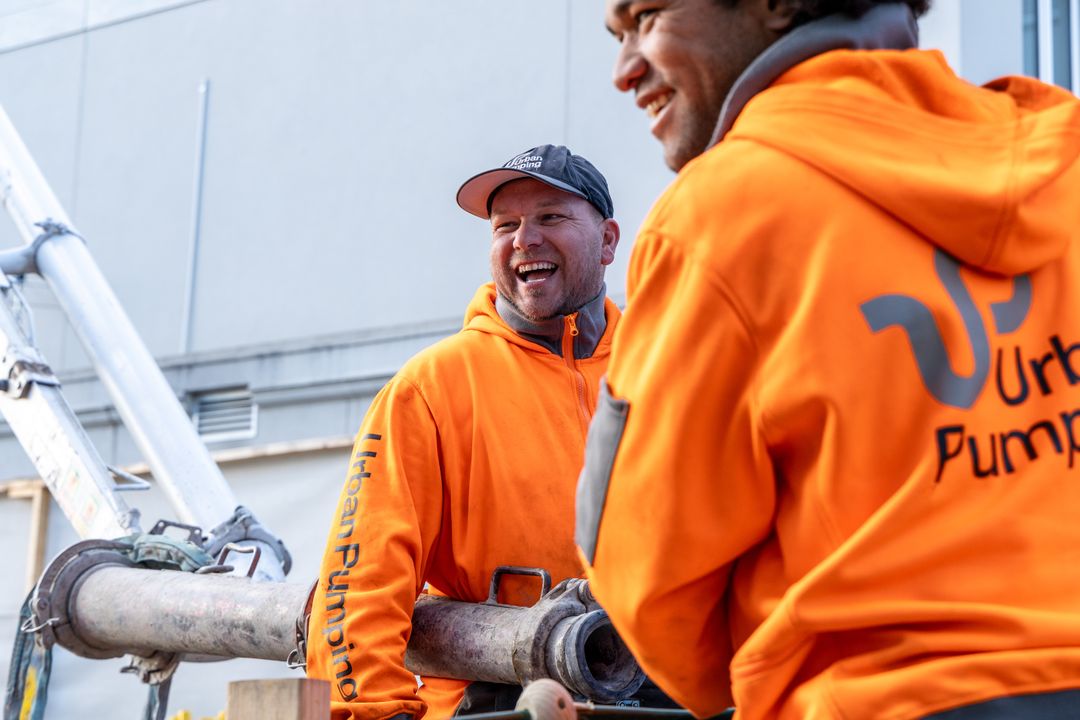
Every build relies on smart budgeting from the start, and knowing the Concrete Pumping Cost Per Hour in Melbourne sets the foundation for a smooth pour.
Whether you're working on a driveway or a multi-storey slab, understanding what drives hourly rates helps you avoid surprises and stay on budget. Local boom pumps tend to run higher due to reach and capacity, while line pumps offer a more affordable option for smaller or tight-access jobs.
In this article, we’ll break down current cost ranges, look at what affects rates, and share tips to plan your concrete pump budget confidently.
Knowing how much concrete pumping costs per hour gives builders a clear starting point for budgeting. Rates vary by pump type, job size, setup needs, and add-ons, so having the right figures helps avoid surprises.
More than just a line item, understanding pumping costs helps you plan labor, material, and scheduling accurately, especially across different Melbourne zones.
Accurate estimates prevent overspending and prevent delays mid-pour. This clarity also makes conversations with contractors more straightforward, everyone works with the same cost expectations.
Let’s discuss what current hourly rates look like in the market, and what makes them go up or down.
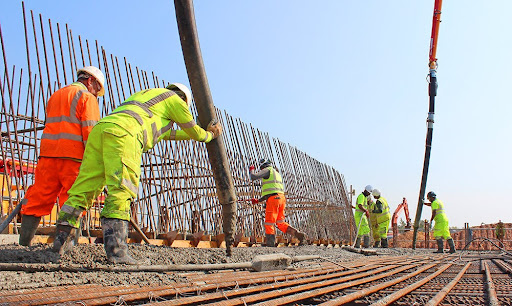
Concrete cost-per-hour is one of the first elements to lock into your budget. Having an idea of what pumps typically charge across Australia helps you plan realistically and avoid unexpected costs.
On average, rates vary depending on the type of pump you need, the size of the project, and whether it’s wet or dry hire. Boom pumps, which are generally used for larger, more complex pours, tend to fall at the higher end of the scale. Line pumps, commonly chosen for smaller or tighter access jobs, usually sit at the lower end.
National industry averages suggest that you can expect a general range that reflects these differences. However, prices will shift depending on site conditions, location, and the level of service included. Minimum hours, travel fees, or surcharges may also apply.
The best way to stay on budget is to confirm a full cost breakdown directly with your pumping provider, ensuring there are no hidden extras and that the rate matches your specific project requirements.
To make your budget stick, be sure to ask your hire provider for a full breakdown, including machine type, wet vs dry hire, and any minimum hours or surcharges.

Here are the main factors that shape the final bill for Melbourne builders, and why understanding them early makes budgeting far more reliable:
The type of pump you choose has a direct impact on the hourly rate. Boom pumps, with their extended reach and ability to pour large volumes quickly, are priced higher. They are ideal for multi-storey sites, wide slabs, and infrastructure projects where speed matters most.
Line pumps, on the other hand, are generally more affordable. They’re designed for tighter access areas, smaller pours, or residential projects where precision is key.
By matching the pump to the job size, builders avoid overspending on unnecessary capacity while still ensuring the work is done efficiently. The wrong choice can add cost without adding value.
Travel time and setup play a big role in the total cost of pumping services. If your site is far from the depot, travel charges will often be included in the bill.
Once the pump arrives, the time needed to position and prepare it also counts. A wide, open site with easy truck access keeps setup quick and simple, while narrow laneways, sloping ground, or tricky positioning add extra time.
That additional time translates into higher costs. Builders who plan site access early and clear space for equipment reduce delays, keeping both setup time and costs to a minimum.
Beyond the base hourly rate, there are often extra charges that can significantly influence the final invoice. Hose extensions may be required to reach difficult spots, and these usually incur additional fees.
If the pour extends beyond normal hours, overtime rates can apply. Early morning starts or late finishes may also attract surcharges. In some cases, washout and clean-up services are billed separately.
Builders who overlook these extras can face unexpected costs that push the project over budget. Asking for a detailed breakdown before hire ensures there are no surprises and helps keep financial planning on track.

The length of time a pump is on site has a straightforward effect on overall cost. Longer pours increase the hire hours, but inefficient site preparation can make the problem worse.
If concrete trucks are delayed, access is blocked, or crews are not ready when the pump is, you’re paying for idle time. That’s why preparation is so critical. Having everything in place, clear access, formwork ready, and trucks scheduled properly, keeps the pour moving.
The faster the job runs, the fewer hours the pump is needed, and the lower the cost will be. Good planning saves both time and money.
Concrete pumping is typically offered as either wet hire or dry hire, and this choice impacts the cost per hour. Wet hire includes both the pump and a trained operator, ensuring professional handling and efficiency. Naturally, this option is more expensive but provides peace of mind.
Dry hire, in contrast, gives you the equipment without an operator, usually at a lower hourly rate. However, you must provide skilled personnel to run the pump, which can present risks if expertise is lacking.
While wet hire carries a higher average rate, it often proves cost-effective for most projects by ensuring safe, smooth operations.
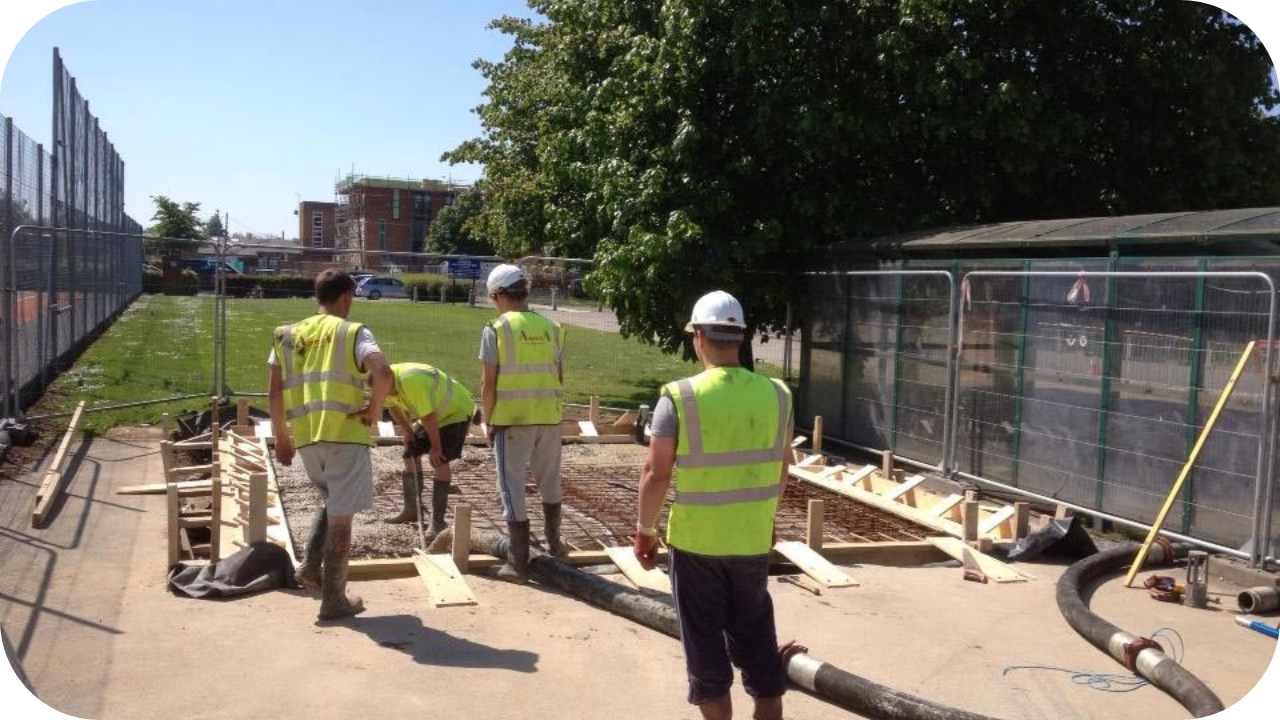
The number of crew members required alongside the pump can influence hourly charges. A straightforward line pump job may only need one or two workers, whereas larger or more complex projects with boom pumps could demand a bigger crew to manage hoses, positioning, and safety.
More people on-site means higher labour costs, which are factored into the overall hire rate. Labour expenses may also rise if the pour is expected to run longer than standard hours or requires overtime.
By considering labour requirements as part of your planning, you can align project timelines with budget expectations and avoid unnecessary overspending.
The ease or difficulty of accessing your site plays a major role in cost per hour. Jobs with straightforward entry points and level ground usually move faster and stay within average rates.
In contrast, sites with narrow driveways, steep slopes, or obstacles that complicate setup often require more time and specialised manoeuvring. In some cases, a larger pump may be necessary to reach areas that a smaller pump cannot access, which pushes costs higher.
Even minor challenges like overhead powerlines or uneven terrain can add delays and influence hourly charges. Planning for accessibility upfront helps prevent costly surprises once work begins.
Like many construction services, concrete pumping can experience seasonal shifts in demand, which directly influence hourly rates. During peak building seasons, such as spring and summer, demand for pumps increases across Australia, often leading to higher average costs.
In quieter months, rates may fall slightly as companies compete for fewer jobs. Availability also matters, if pumps are in short supply, you might pay more or need to book well in advance to secure equipment.
Understanding how seasonal demand impacts pricing allows you to schedule pours strategically and potentially save on costs while ensuring equipment is available when needed.
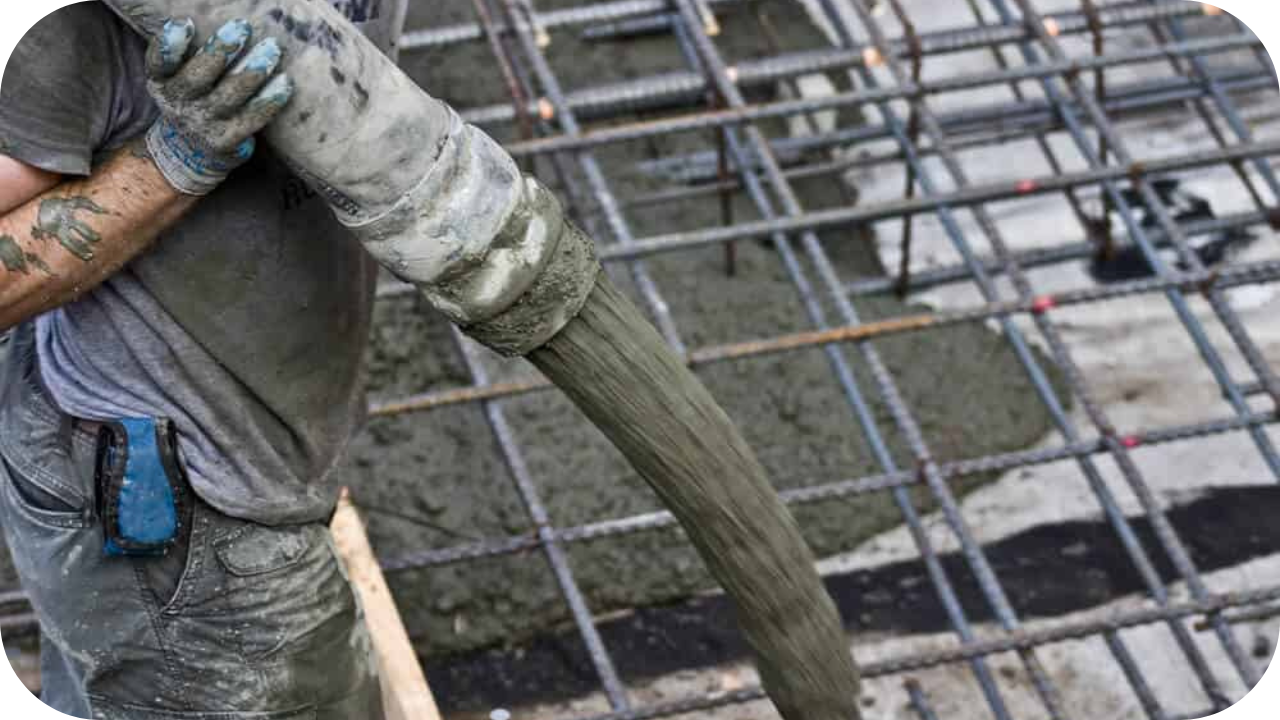
Working out the budget for concrete pumping doesn’t need to be complicated. With a clear process, Melbourne builders can get accurate figures before the pour begins and avoid costly surprises later on.
The first step is to determine which pump type you need. Boom pumps generally cost more per hour than line pumps, but their speed and reach can reduce labour and time on large sites. Line pumps are more affordable for smaller pours or tight spaces, making them the cost-effective option when access is limited. Start by matching the pump type to your project’s size and scope.
Next, calculate how long the pump will be required on site. Include not only the pouring time but also the setup and clean-up periods. If you expect multiple trucks or a large slab, factor in the possibility of delays that extend the hire time. Adding a buffer of 10-15 percent to your estimate keeps your budget safe if schedules run longer.
Finally, check for extras such as hose extensions, travel charges, or washout fees. These may seem minor but can quickly add up. Asking your hire provider for a full breakdown ensures every potential cost is accounted for. With a structured approach, you’ll have a reliable estimate that gives confidence in planning the overall project budget.

Here are some practical ways Melbourne builders can manage their budget and keep concrete pumping costs from climbing higher than expected:
Getting a clear picture of Concrete Pumping Cost Per Hour gives Melbourne builders control over the budget and keeps pours on time and on money. With accurate estimates, you avoid last-minute surprises, unnecessary labor hours, and rushed scheduling.
Ignoring this can lead to extra costs from setup delays, pump downtime, or using equipment that is larger than required. Money ends up wasted, and stress replaces the efficiency that should have been guaranteed.
Urban Pumping offers transparent hourly rates, prompt local support, and effective planning tips to fit your project size and timeline. Reach out today for a tailored quote that aligns with your budget and keeps the pour moving smoothly.
